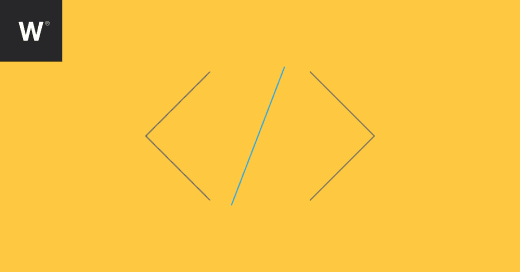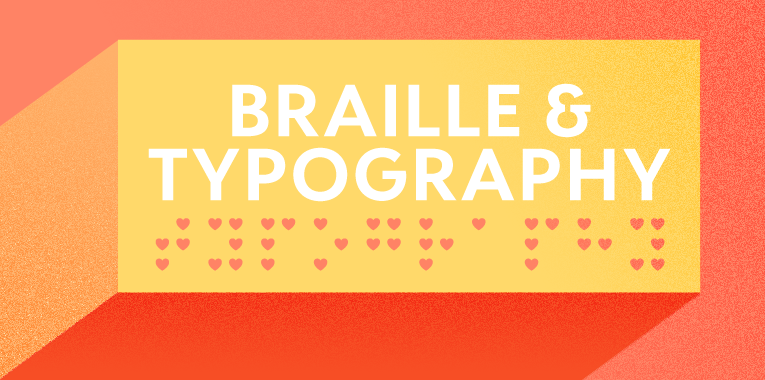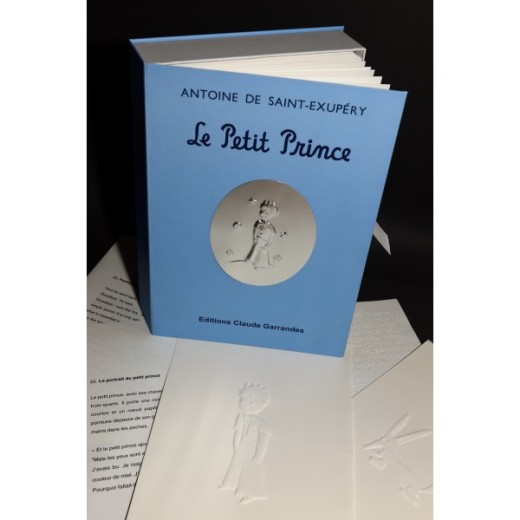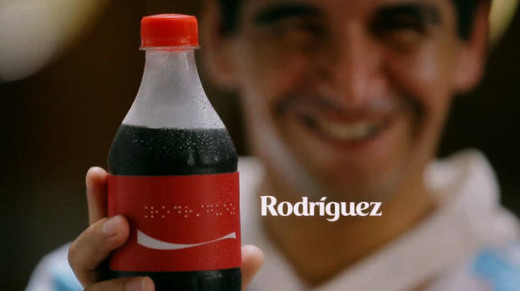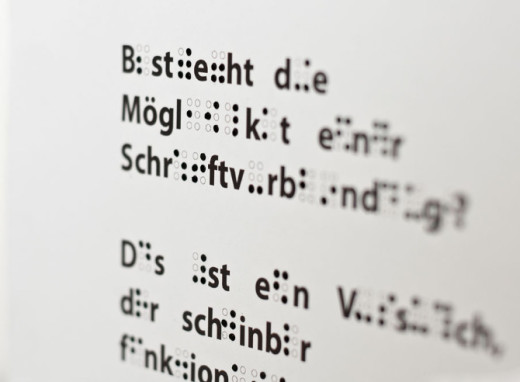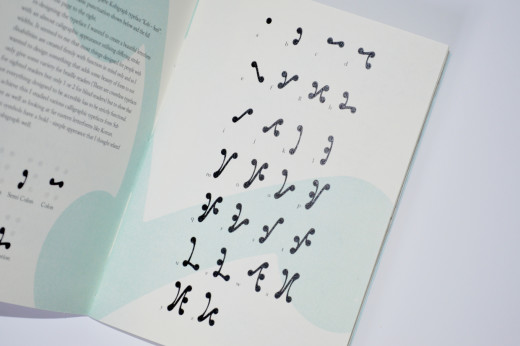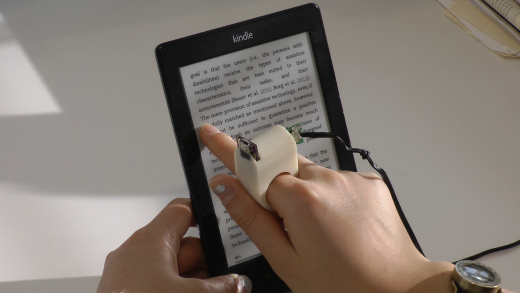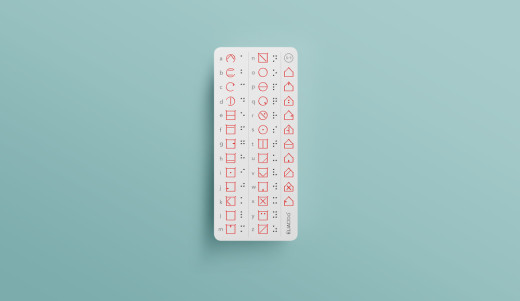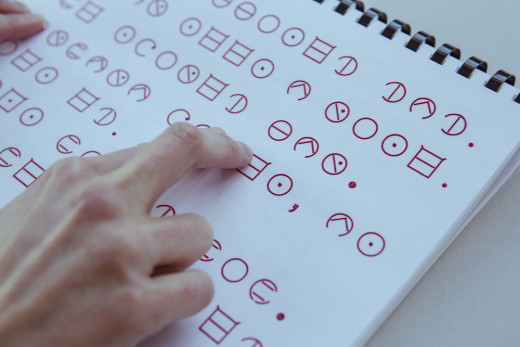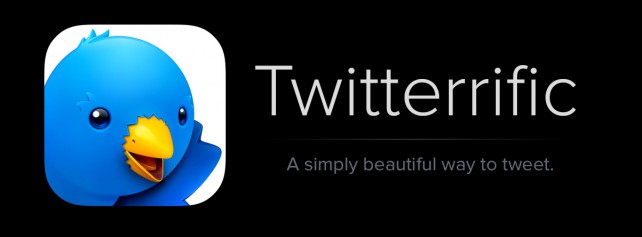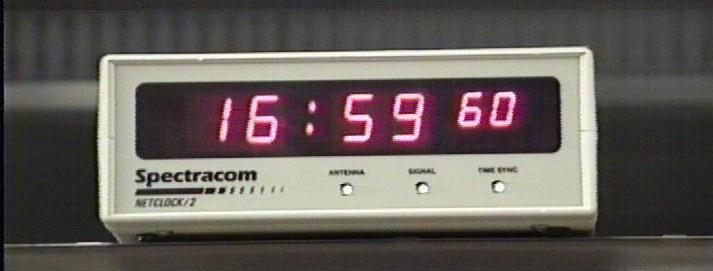
| This post has been brought to you by Webydo, where you can create pixel-perfect, responsive websites for your clients. Code-free. |  |
Let’s start with a throwback to 1997 when the Web design process required expensive graphic design software and lines of code in Notepad. When you finally did launch something, your server was at the mercy of an Internet full of sketchy hackers.
Fortunately, those days are gone—long gone.
The Web design space is more mature now than it ever has been. In fact, it’s a $20 billion dollar industry. You can go download a template, hire a web designer for something custom, or use software-as-a-service (SaaS) to DIY. The bottom line is that you have options for any budget, and all are good.
However, the increase in options can often complicate things, especially if you are planning to create your own website. That’s why DIY options still only hold three percent of the Web design market, which is a testament to the fact that in the SaaS world, there is no such thing as a ‘one size fits all’ solution.
The bottom line is that you need to choose an option that’s right for the specific challenges that you’re looking to tackle. With this mindset, you’ll also save a lot of money. Find the right SaaS design tools by following these steps.
Step 1: Know your buyer persona
Choose the right tool by putting yourself through a process that these companies’ marketers are following in their own targeting efforts—buyer persona development.
If you’re a programmer but not a designer, you’ll get the most value from working with a template. If you’re strong with UX, you might need to hire someone or find a solution to help with your brand identity. If you’re a strong designer without coding experience or prefer not to mess with coding, you’ll find value in a platforms like Webydo.
The bottom line is that no SaaS product will be everything to everyone. Know what you need so that you can laser-focus on the solution that’s right for you.
Step 2: Cover your technical bases
The evolution of digital has introduced a number of complexities to the Web design process—the biggest being security, privacy, and compliance. Legal speak aside, you need to make sure that you’re taking steps to keep your customers safe.
You shouldn’t procrastinate compliance.
You’ll want to be sure that there are no known vulnerabilities with your website.
One of the most effective ways to cover your bases, especially if you’re a solo designer, is to work with a third-party, cloud-based partner that works with thousands of customers like you.
Step 3: Research whether the platform can grow with you
Choose a SaaS tool that is designed to help you—and your customers—grow your business.
At a minimum, you should have full branding power and control, ability to service multiple clients, and a strong support experience. You should also trust that your website will always load quickly and that it will be responsive to any device.
Whether you’re creating a website for yourself or for one of your clients, your platform should be able to evolve alongside your growing business.
Step 4: Figure out who’s building your product
Human relationships are the key to success with SaaS software.
As you learn how to use your web design tool, you’ll likely need support and guidance along the way. Unexpected scenarios come up often, and when you need answers, you’ll need them fast. You’ll also want to make sure that the company with whom you’re doing business understands your pain points, challenges, and needs.
At a bare minimum, the people behind your SaaS software need to care. Webydo, for instance, is built by designers, for designers, around the pain points that designers face. Webydo’s community of designers has been integral in the evolution of the platform, with over 450 suggested features implemented as a result of the feedback.
It’s important to choose partners who build because they care. After all, at the end of the day, great products are built, at least in part, on empathy.
Final thoughts
It’s easy to say that the Internet is going through a “SaaS revolution.” The reality, however, is that makers, creators, and builders are experiencing much more. Thanks to technology, people have the flexibility and resources to leverage and laser-focus their skills. The ability to write code is no longer the cornerstone of creation. Do what you love, create amazing designs, and leave it to SaaS tools to do the building on your behalf.
